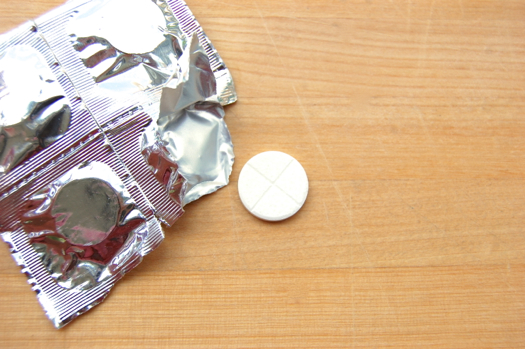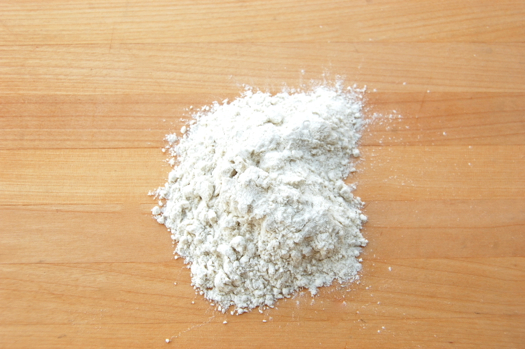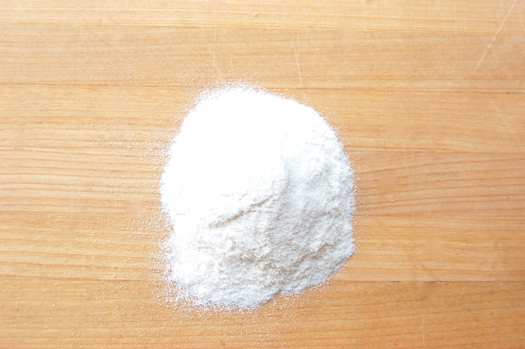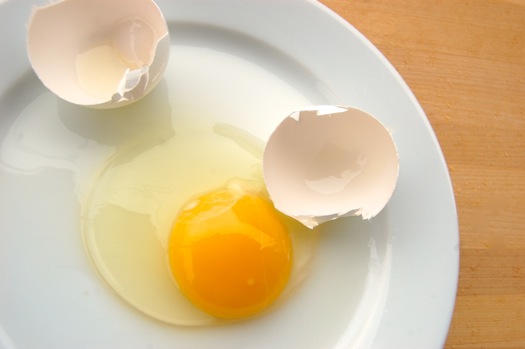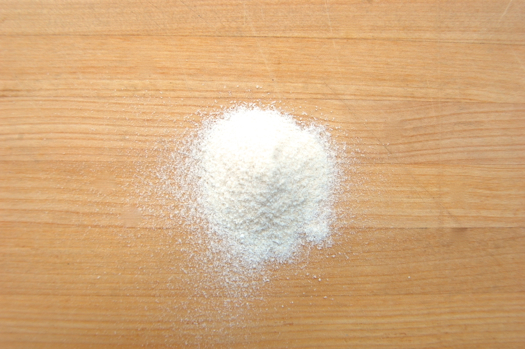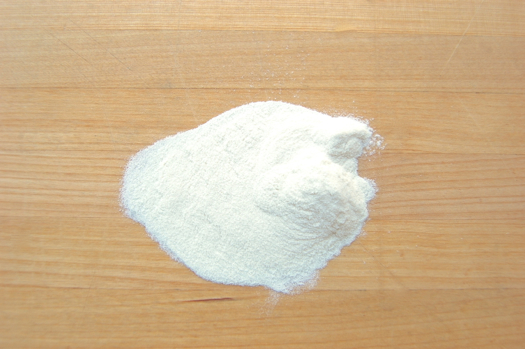Agar (Agar)
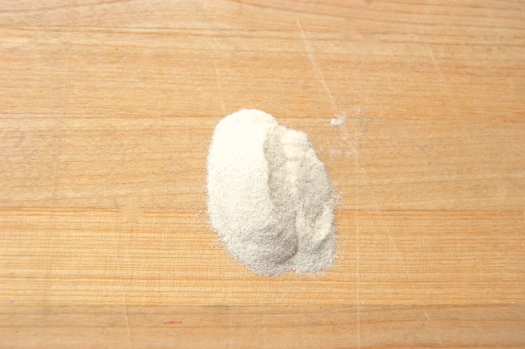
Agar is like carrageenan in that it’s extracted from seaweed. Only where carrageenan was used mostly in Ireland and Scotland until about 1930, agar was the go-to gelling agent in southeast Asia. Indeed “agar”, or actually “agar agar” is the Malaysian word for “jelly”. Makes sense to me! Since it’s “discovery” by Western scientists in 1882 it has been the preferred medium for growing bacteria in petri dishes. There’s a little bit of trivia you can throw out at the dinner table this evening!
READ ON